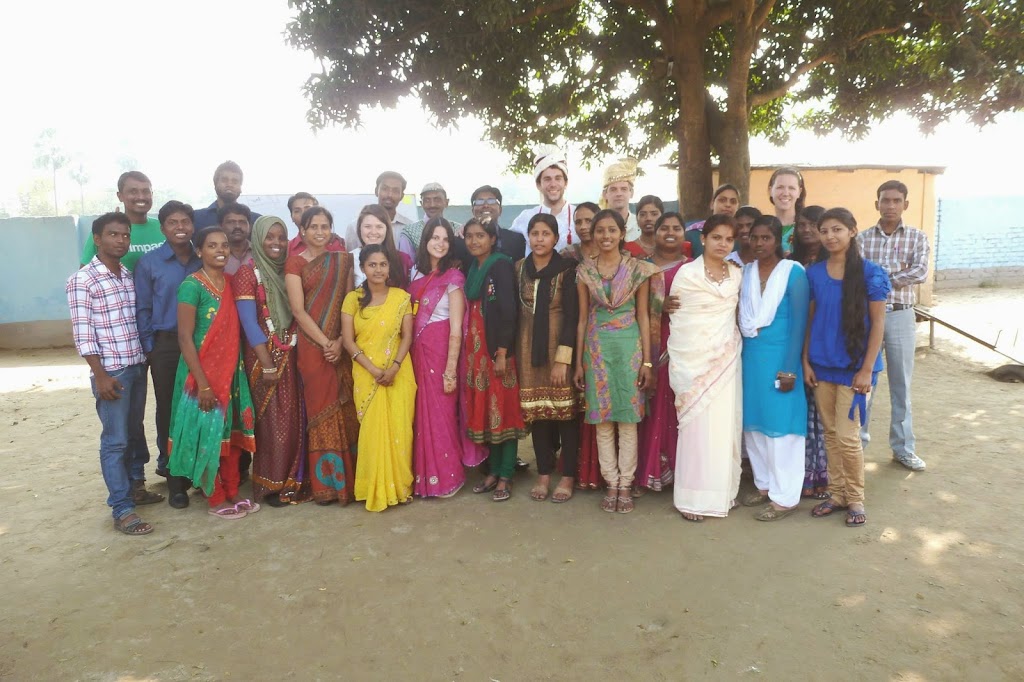As J.M. Barrie once said, “If you cannot teach me to fly, teach me to sing.” Arts subjects give students the means to express their personality, thoughts, ideas and knowledge freely.
Some people hold the belief that the Arts are vital to a well-rounded education and well-rounded students, yet other students and their parents/guardians tend to focus on academia alone, which may actually be counter-productive to achieve remarkable results.
For instance, drawing is one of the most academically effective activities young students can do, as it directly links to reading, writing and mathematics and provides a basis for other creative processes such as painting and sculpting. According to the ISSUU, pupils who get to grips with the Arts are four times more likely to participate in a Science or Maths fair and 4 times more likely to be recognised for academic achievement than those who have little or no artistic interests.
Learning a musical instrument is often perceived by less wealthy parents as an activity reserved for privileged families, but it should be a key component of the education of all students. The Benefits of Arts Foundation reported that low-income students who are “highly engaged in the Arts are more likely than their peers with low arts involvement to have obtained gainful employment…and volunteer in their communities.”
As young people learn to read music and play an instrument, they also pick up mathematical skills such as number manipulation, pattern recognition and proportional thinking. In fact, a study by the John Hopkins School of Education found that Art improves academic achievement and students who actively participate in some form of art actually perform better in other subjects than students who do not.
children to think and analyse in depth.
Academic and Arts subjects support each other; one area cannot flourish without the other. Many academic subjects require a little imagination and creativity and Arts subjects require a mature, intellectual, analytical mindset. So in theory, students cannot succeed in one spectrum of the curriculum without the other.


